The Surprising Foods That Make You Sweat (And What to Eat Instead)
It’s a question I’ve heard more times than I can count. People come to me to dial in their nutrition for all sorts of reasons—weight, energy, athletic performance. But pretty often, the conversation takes a personal turn. They’ll lean in and ask, “So… why do I sweat so much when I eat?”
In this article
Honestly, it’s a huge source of anxiety for a lot of people. I once worked with a super successful salesman who started dodging business lunches. Why? Because halfway through a meal, he’d be drenched, and it was tanking his confidence. He was convinced something was seriously wrong with him. But here’s the thing: most of the time, this isn’t some deep medical mystery. It’s a totally predictable reaction to what’s on your plate.
So, What’s Actually Happening? The Science in Plain English
Your body is an incredible machine, constantly working to keep everything in balance—a state the pros call homeostasis. A huge part of that job is keeping your core temperature locked in at a happy medium. When you start to overheat, a little command center in your brain (the hypothalamus, for the curious) sounds the alarm. It signals your sweat glands to open the floodgates. As that sweat evaporates, it cools your skin down. Simple, right?
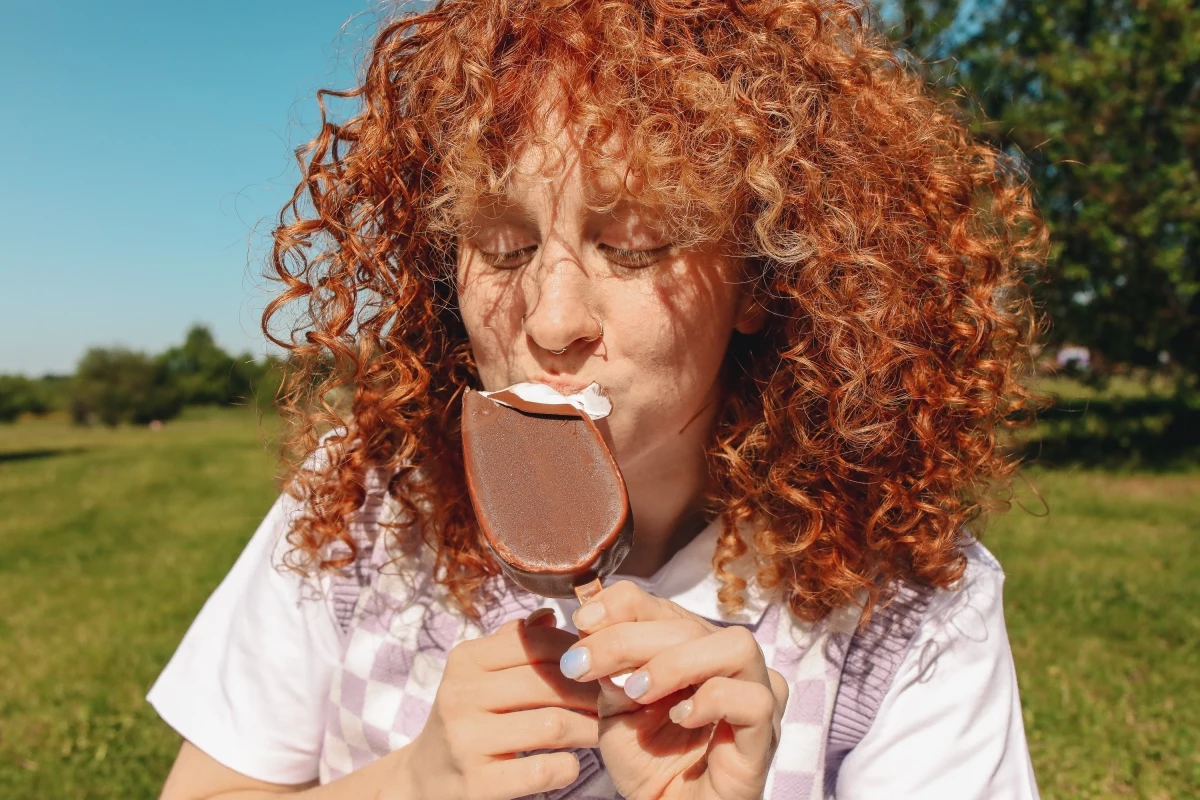
What most people don’t realize is that just digesting food generates heat. It’s a process called diet-induced thermogenesis (DIT), or the thermic effect of food. Your body has to burn calories to break down and use the food you eat. Some foods are way more work than others, and that extra work creates heat, raises your temp, and, you guessed it, triggers the sweat.
It’s not just one thing, though. Food-related sweating is usually a mix of three things: the energy cost of digestion, direct chemical triggers, and your body’s fluid balance.
The “Cost of Doing Business” for Digestion
Think of DIT as an energy tax for every type of food. And let me tell you, they are not taxed equally. This is where a lot of people get tripped up. I’ve had clients switch to a “healthy” high-protein diet only to find themselves sweating more than ever.
- Protein is the big one. It has the highest thermic effect by a long shot. Your body uses a whopping 20-30% of protein’s calories just to process it. So, if you eat a 300-calorie chicken breast, your body might burn up to 90 calories just breaking it down. That’s like turning on a little internal furnace.
- Carbs are in the middle, with a thermic effect of around 5-10%.
- Fats are the easiest to process, costing only about 0-3% in energy.
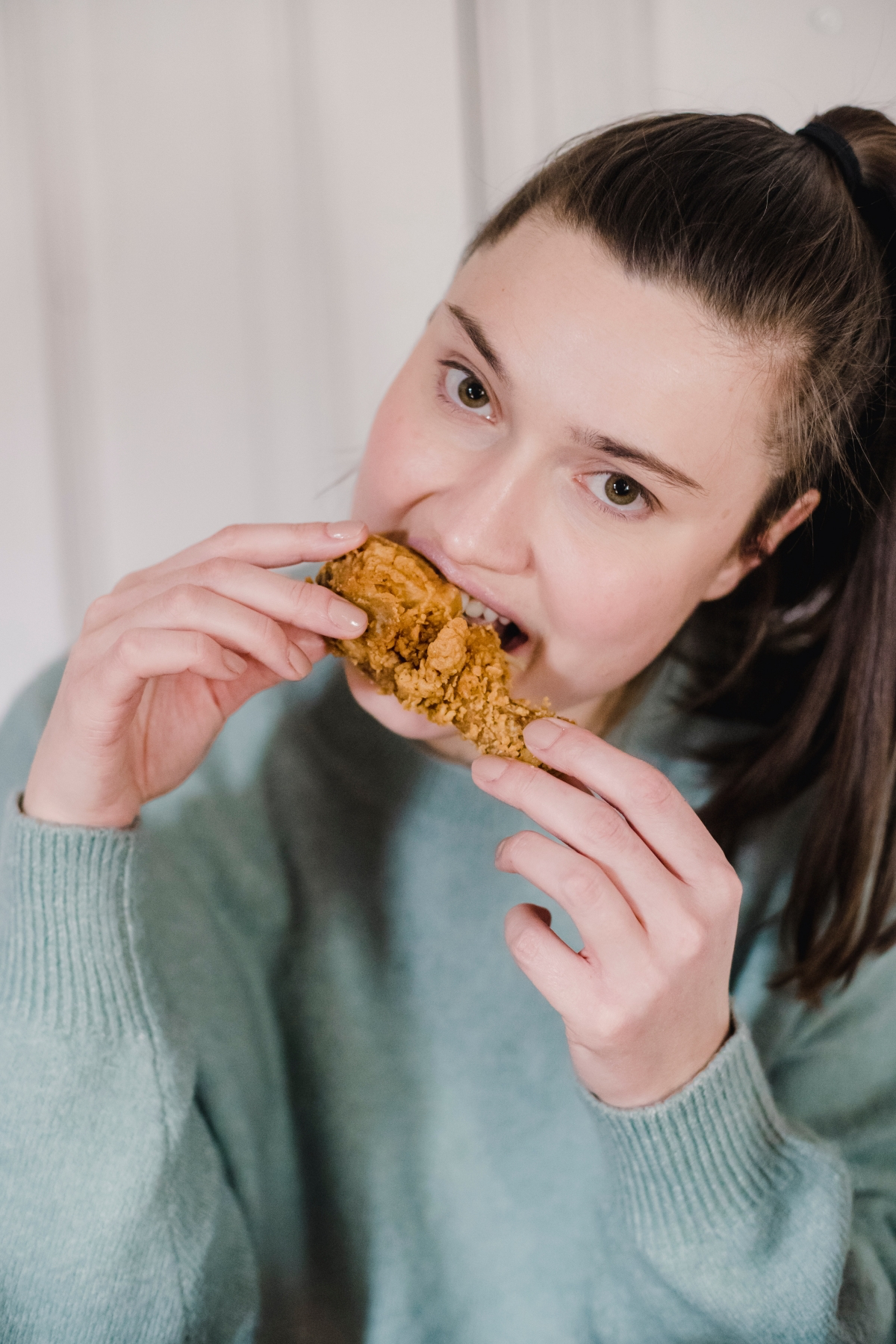
Those Sneaky Chemical Triggers
Some foods play dirty. They contain compounds that directly trick your nervous system into thinking you’re overheating, even when you aren’t.
The most famous culprit is capsaicin, the stuff that makes chili peppers hot. When you eat something spicy, capsaicin hits a nerve receptor that’s designed to detect actual heat. It sends a false alarm to your brain, which panics and flips on the cooling system: flushing, a runny nose, and of course, sweat.
Caffeine is another big one. It stimulates your central nervous system, which can increase your heart rate and get your sweat glands firing. And when it’s delivered in a steaming hot cup of coffee? That’s a one-two punch that’s guaranteed to get things going.
By the way, sugar deserves its own call-out here. A big hit of sugar from a soda or a donut can cause a rapid spike in your metabolism. Your body rushes to process it, which generates a surprising amount of heat and can definitely trigger a sweat response.

The Main Foods to Watch Out For
Okay, enough science. Let’s get to the good stuff: the specific foods that are likely making you sweat. I always tell my clients to be mindful of these, especially before a big meeting or on an already hot day.
1. Large Portions of Protein (Meat and Plants!)
Protein is essential, so we’re not cutting it out. But portion size is everything. That giant 12-ounce steak or a massive protein shake is going to crank up your internal heat. And hey, this applies to plant-based protein, too. A giant bowl of lentil or bean chili can have the same effect. Lentils are a fantastic budget-friendly option—often just $2 to $3 a bag at the grocery store—but their high protein and fiber content means a huge serving will still put your digestive system to work.
2. Spicy Dishes
This is the fastest-acting trigger. The capsaicin in things like jalapeños, habaneros, hot sauce, and spicy curries gives you an almost immediate reaction. If you love flavor but not the sweat, try exploring spices like cumin, coriander, turmeric, and smoked paprika. They add amazing depth without the fake-out heat signal.
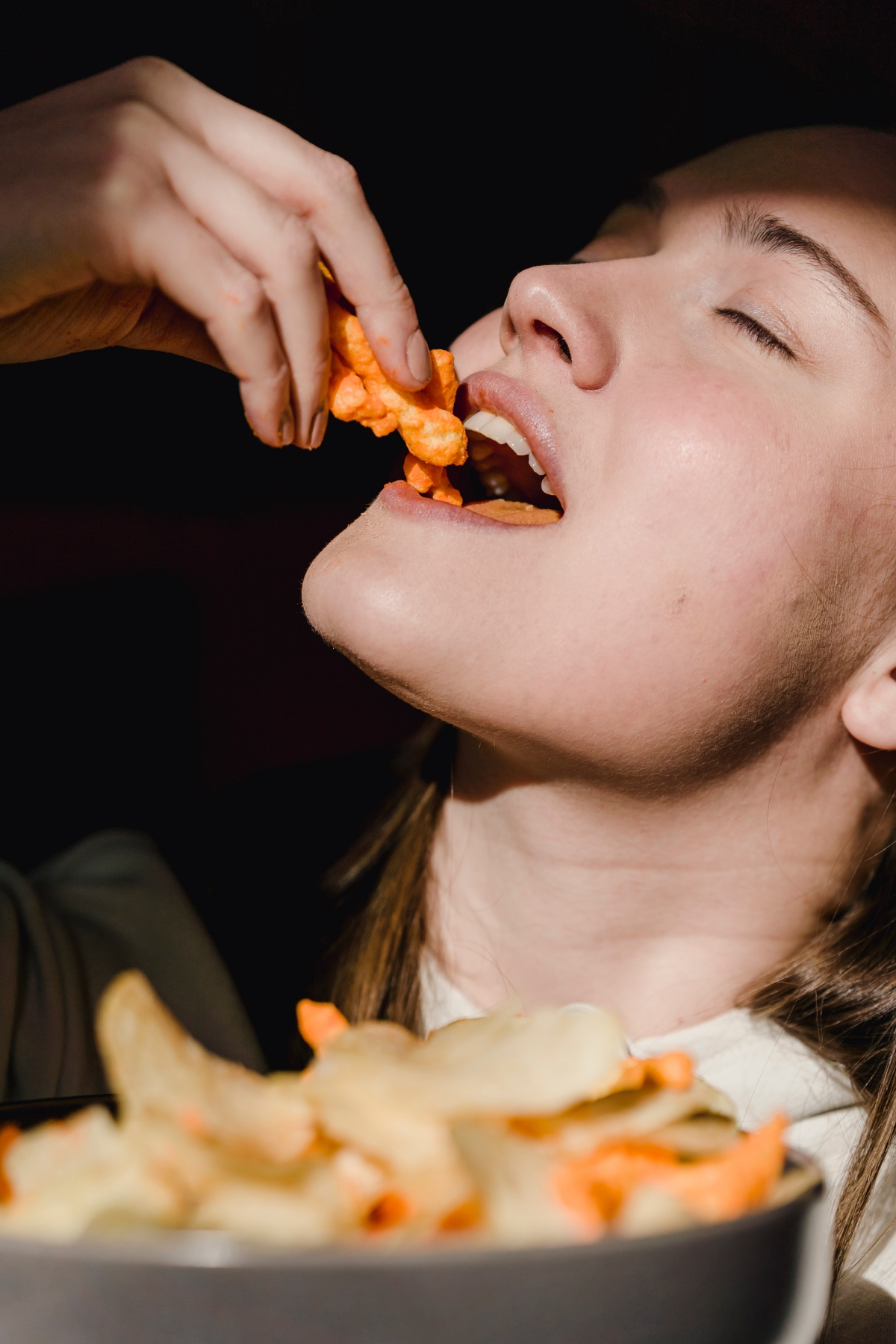
3. Caffeinated and Sugary Drinks
That morning coffee might be the problem. And switching to iced coffee in the summer doesn’t always fix it—the caffeine is still stimulating your system. The same goes for energy drinks and sugary sodas, which give you that double whammy of a metabolic spike and chemical stimulation.
A quick tip: Try drinking a full glass of water before your morning coffee. It helps your body manage the caffeine hit and can seriously reduce that immediate sweat response.
4. Alcoholic Drinks
A cold beer sounds refreshing, but alcohol makes your blood vessels widen, bringing warm blood to your skin. Your body feels this and sweats to cool you down. On top of that, your liver has to work overtime to process the alcohol, which generates even more heat. It’s why many people wake up drenched in sweat after a night of drinking; their body is still hard at work.
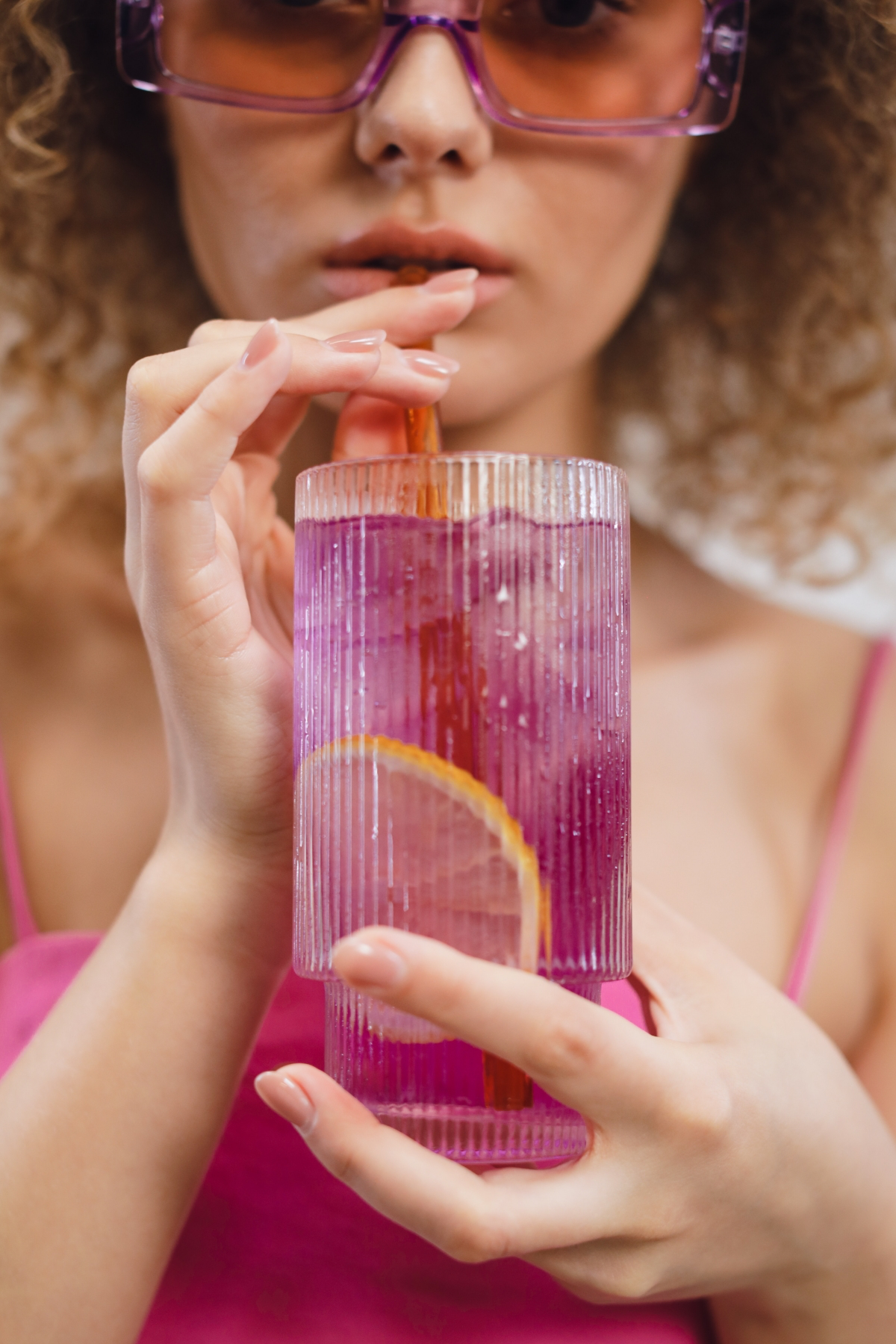
5. Heavily Processed & Salty Foods
Fast food, deep-fried items, and packaged snacks are often complex and difficult for your body to break down. Imagine asking your body to digest an apple versus a commercial pastry with 30 ingredients. The pastry is just a lot more work, and that work generates heat. Same with super salty foods like cured meats or canned soups. Your body tries to get rid of the excess sodium through urine and, you guessed it, sweat.
A Simple Guide: Foods to Cool Down With vs. Foods to Be Mindful Of
To make it super simple, think of it this way. You don’t have to banish your favorite foods, but you can be strategic about when you eat them.
Foods That Help You Cool Down:
- Focus on things with high water content. Think cucumber, celery, watermelon, strawberries, and bell peppers. They’re hydrating and easy on your system.
- Incorporate cooling herbs like mint and cilantro into your water or salads.
- Opt for smaller, balanced protein portions, like a 4-ounce piece of baked fish or a modest-sized tofu scramble.
Foods to Be Mindful Of (Especially Before an Event):

- Maybe save that huge 12-ounce steak or a giant, protein-packed lentil stew for a relaxing night at home, not a high-stakes lunch meeting.
- The extra-spicy curry is probably best enjoyed when you don’t mind getting a little flushed.
- That large coffee on an empty stomach is a classic recipe for a sweat attack. Try eating first or opting for half-caff.
When It Might Be More Than Just Food
Heads up! It’s super important to know the difference between normal food-related sweating and a medical condition called hyperhidrosis, which is basically excessive sweating that isn’t tied to heat or exercise. If you’re experiencing sweating that disrupts your daily life, unexplained night sweats, or sweating paired with things like chest pain or dizziness, it’s absolutely time to see a doctor.
Also, many common medications (for depression, pain, diabetes, etc.) can cause sweating as a side effect. If you started a new medication and noticed a change, chat with your doctor or pharmacist.
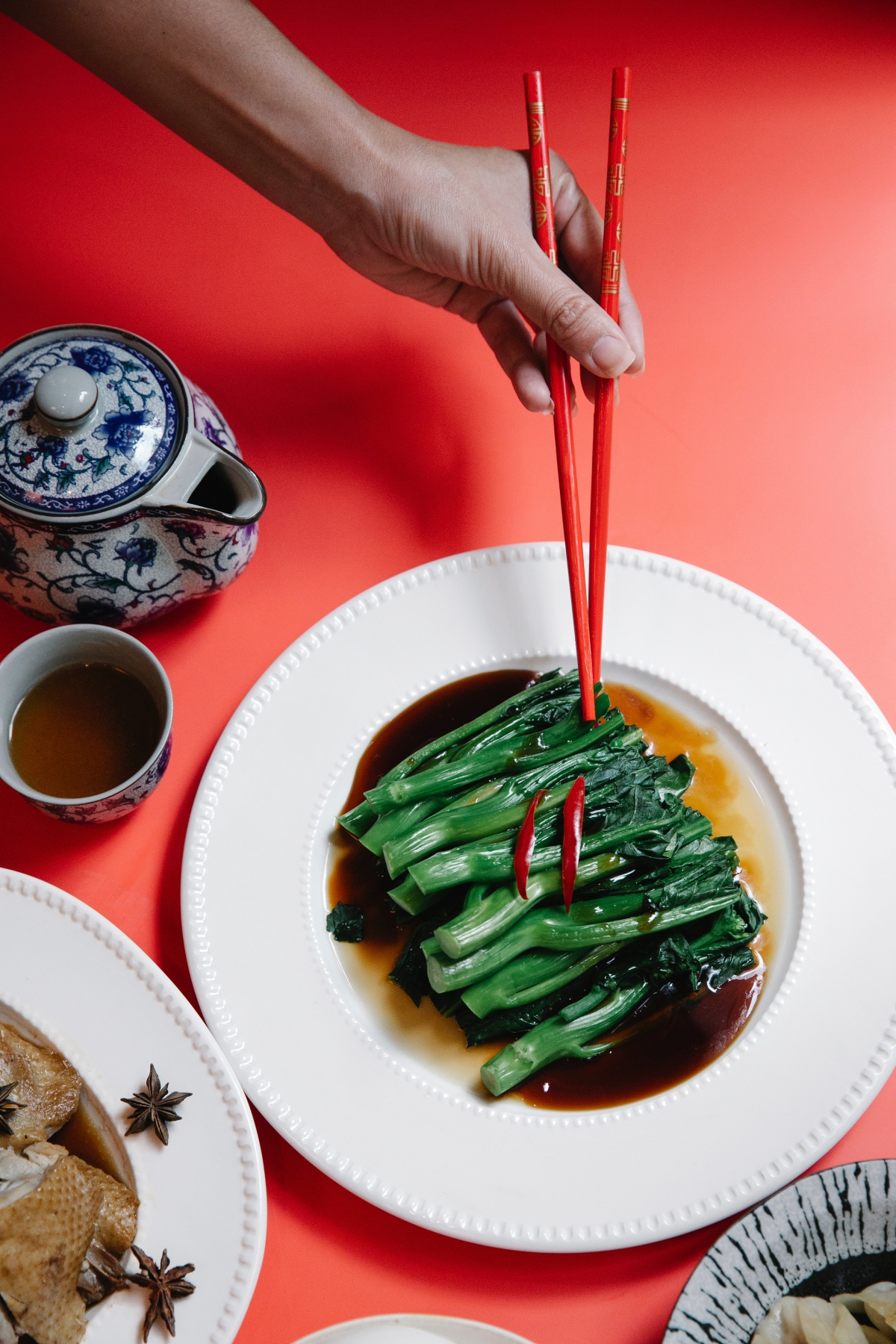
Your Action Plan for Managing Sweat
Ready to figure out your personal triggers? Here’s a simple plan.
Step 1: Keep a Food & Symptom Journal.
For a week or two, just jot down what you eat and any sweating episodes. It can be super simple. For example: “12:30 PM: Spicy chicken burrito & a Coke. 1:00 PM: Face and neck started sweating moderately. Lasted about 20 mins.” Patterns will emerge, I promise.
Step 2: Make Strategic Swaps.
Once you know your triggers, you can plan around them. If a big dinner makes you have night sweats, try a lighter evening meal. For example, a dinner of baked salmon with a large quinoa salad full of cucumber and bell peppers is satisfying but has a much lower thermic load.
Step 3: Hydrate Like a Pro.
Sip water all day long, not just when you’re thirsty. When your body is well-hydrated, it can manage its temperature much more efficiently.

A ‘Low-Sweat’ Day on a Plate
Wondering what this all looks like in practice? Here’s a sample day:
- Breakfast: A smoothie with spinach, banana, a scoop of protein powder (not a massive one!), and unsweetened almond milk. It’s easy to digest and hydrating.
- Lunch: A big salad with lots of greens, cucumber, tomatoes, bell peppers, and a moderate portion of grilled chicken (about 4 oz). Use a light vinaigrette instead of a heavy, creamy dressing.
- Snack: An apple with a small handful of almonds, or some Greek yogurt with berries.
- Dinner: Baked cod with roasted asparagus and a side of sweet potato. This meal is balanced, nutritious, and won’t send your internal furnace into overdrive.
Ultimately, sweating is a natural, healthy process. The goal isn’t to stop it completely, but to understand it so it doesn’t cause you stress. By paying attention to how your body reacts to different foods, you can take back control and feel comfortable in your own skin.

Your challenge this week: Swap your usual afternoon snack for a handful of strawberries or some cucumber slices with a sprinkle of mint. See if you feel a difference in your energy and body temperature. Let me know how it goes!
Inspirational Gallery
- It actively cools your body from the inside.
- It aids digestion without a high thermic cost.
- It keeps you hydrated and refreshed for hours.
The secret? Infused water. Simply add slices of cucumber and a few sprigs of fresh mint to a pitcher of cold water. Let it sit for an hour in the fridge for a simple, elegant, and sweat-reducing beverage.
Did you know? Alcohol can also trigger sweating by widening blood vessels in the skin (vasodilation), which creates a sensation of warmth and activates your body’s cooling response.
This is why a
Look to cuisines from the world’s hottest climates for inspiration. In India, a cooling yogurt-based raita often accompanies spicy dishes to temper the heat. In Spain, a chilled gazpacho soup is a summertime staple. These cultures have perfected the art of eating to stay cool, proving that a meal can be both flavorful and refreshing.
Is my morning coffee making it worse?
Unfortunately, it might be. Caffeine stimulates the central nervous system, which in turn activates your sweat glands. The heat from the beverage also contributes. If you can’t part with it, try switching to a cold brew, which is often less acidic and consumed cold, or alternate coffee days with a cooling green tea.
A common pitfall: Swapping sugary foods for items with artificial sweeteners like sorbitol or xylitol. While they may be
When you sweat, you lose more than just water; you also lose essential electrolytes like sodium and potassium. Replenishing them is key to staying balanced and hydrated.
- Natural Sources: Bananas, avocados, and coconut water are excellent, whole-food options.
- Supplement Support: For a quick boost after a workout or a particularly sweaty meal, consider an electrolyte tablet like Nuun or a powder mix like Liquid I.V., which are designed for rapid absorption.
Peppermint Tea: This classic brew contains menthol, a compound that tricks your brain’s receptors into feeling cold, providing a lasting cooling sensation from the inside out.
Ice-Cold Water: While offering immediate relief, it can cause your body to overcompensate by generating more heat to bring your core temperature back to normal, sometimes leading to a rebound sweat session.
For sustained comfort, the tea often wins.
Think about meal timing as a strategic advantage. The article mentions the salesman who dreaded business lunches. A simple shift could be revolutionary. Instead of a large, protein-heavy steak during a high-stakes lunch, opt for a lighter meal rich in vegetables and complex carbs. Save that high-protein meal for dinner, when you’re relaxing at home and a little extra body heat isn’t a source of social anxiety. It’s not about restriction; it’s about aligning your diet with your daily demands.
- Cucumber and melon, for their high water content.
- Leafy greens like spinach and kale, which are easy to digest.
- Citrus fruits such as oranges and grapefruits.
- Foods rich in magnesium and calcium, like almonds and yogurt, which can help regulate body temperature.










